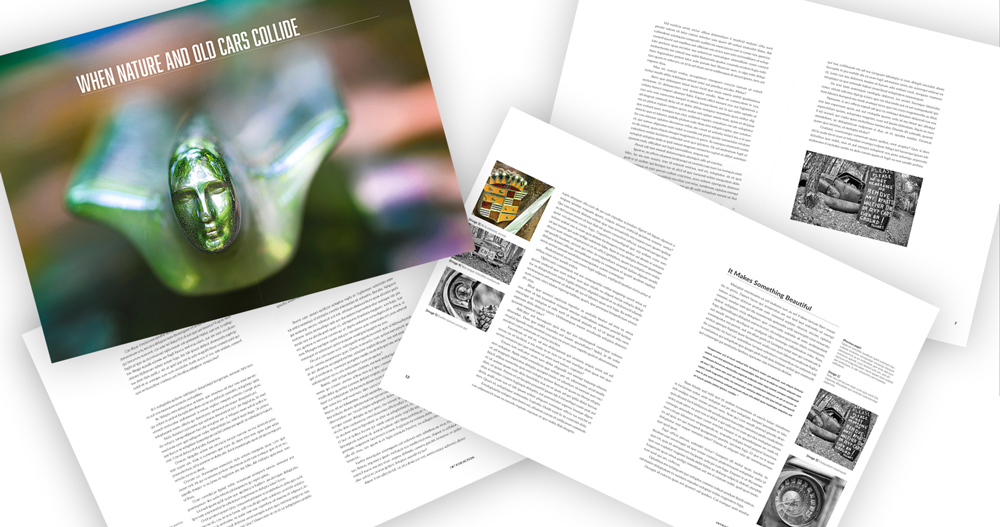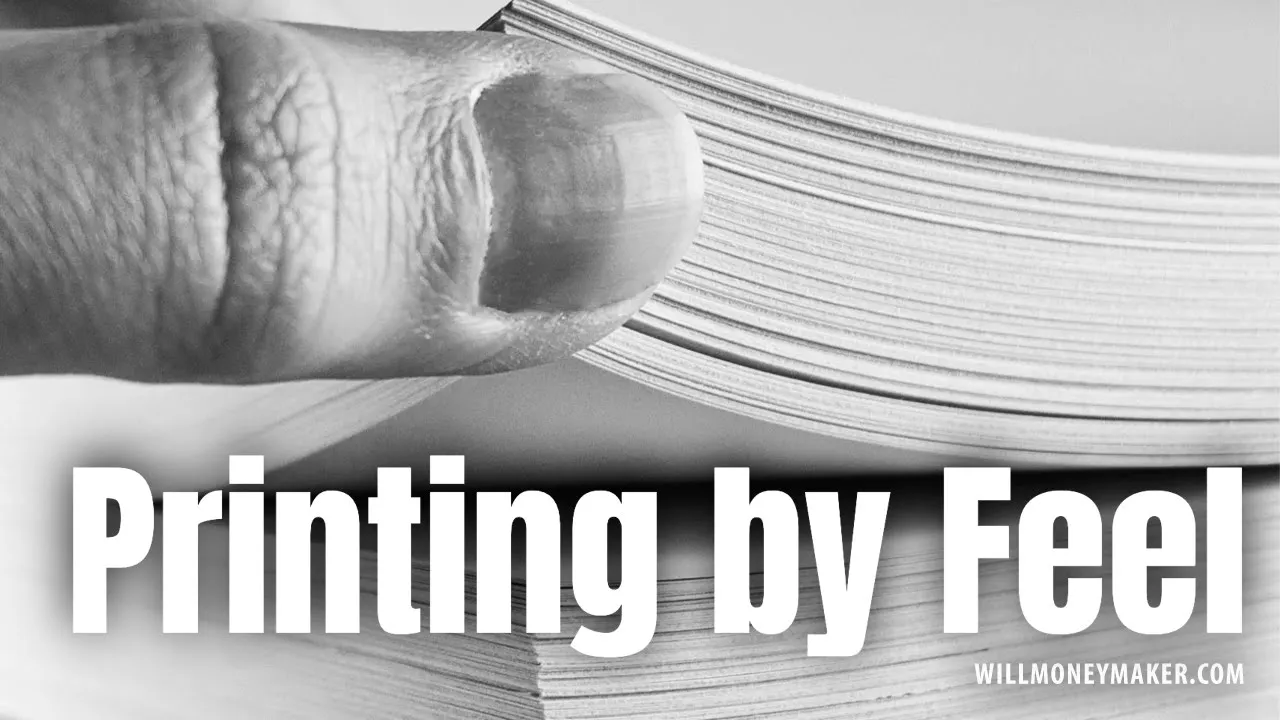What’s the first thing that comes to your mind when you think of selling your photographs? I’ll wager that you’re probably thinking about prints, selling them either online or at galleries and art fairs. Or, maybe the thought that came to mind was more “package” photography, as in the photo packages you would sell as a wedding photographer, portrait artist or commercial photographer. One of the last things to come to mind for many photographers is the photo book. For us, it’s often all about the print, and the book is overlooked.
And yet, the book is a perfectly valid way to share your photographs with the world. Depending on the publishing path you take, the process can be simple, too. Modern printing technology allows us to create on-demand books filled with beautifully printed color images, and with a couple of clicks, we are able to list them for sale.
Like with any type of venture, if creating books interests you, then there are a few things you’ll need to know before you get started. That’s why I’ve prepared this guide, to give you some of the basics on book publishing for photographers.
Getting Started: Identify the Purpose of the Book
To start with, there are a couple of different types of “purpose” behind a photography book. The first is the story, the idea, the topic or the artistic statement behind the book. In this day and age, with so many books already available, it isn’t enough to simply put together a collective work of images. There needs to be a central theme or guiding purpose behind the book. Take the time to create a well-thought idea, and once you have that idea, it doesn’t hurt to check out books that are based around similar ideas just to see how others have done it before you. Don’t be afraid to spend plenty of time brainstorming an idea and fleshing out the project before you move forward. After all, once published, a book is forever. Make sure you take the time to do it right!
The second type of purpose is the publishing purpose. Why are you creating this book? Is it because you already have a story that begs to be told? Are you creating promotional material in order to help popularize your work? The book could be a business venture, with the primary purpose of funding your photography, a career move that gives you the time and funds to keep pursuing your art. Or, perhaps you simply want to put together a volume of work that you can distribute to friends and family. Before you get started, identify the commercial purpose of the book because this will help you to guide your publishing choices later on.
Publishing Methods
When it comes to publishing, there are two ways to get your photographs in print: Self-publishing and traditional publishing. Traditional publishing is the method that photographers always used to rely on to get their books in print. This publishing method means that you’ll need to query agents with a book proposal until you find an agent that is willing to take on your project. From there, your agent will market your book to publishers. There are a few advantages to traditional publishing over self-publishing. You’ll get the benefit of professional editing, design services, and the printing costs are all handled by the publishing company. However, this publishing method is not always viable because agents and publishers are very selective in the work that they choose. Most authors who attempt this route will sadly never be selected. If you can land a traditional publishing contract, however, you’ll gain recognition and legitimacy that you just can’t achieve with the self-publishing route.
From the standpoint of becoming published, self-publishing is a lot easier. You need only put your book together and put it online, either on Amazon or another retailer. These days, with print-on-demand services like CreateSpace, it’s easy to create high-quality books of prints — but you’ll need to do all the editing and design work yourself. The disadvantage with this publishing method is exposure. Since it is so easy to publish this way, a great many people are doing it. Much like the millions of photos taken and shared online, there is always a deluge of new books being published, which means that if you don’t market your books well, they may get lost in the noise.
Technically, there is a third publishing option: Vanity presses. What is a vanity press? In essence, it’s a publishing company that charges you a fee to publish your book. Whereas a traditional publisher expects to make their investment back on book sales and thus charges you nothing, a vanity press makes their money from you, the author. Needless to say, these presses are rarely a good way to go. Since their profit isn’t based on how well the books sell but on how much you’re willing to pay, you’ll often get very little in the way of help with design, editing, and other important services.
Promoting Your Books
These days, whether you are traditionally published or self-published, you’ll have to do most, if not all, the marketing yourself. In rare instances, if you happen to already be an established author and photographer, or if your work is picked up by one of the larger publishers in the industry, then you may not have to do so much of your own marketing. For the rest of us, however, the books won’t sell themselves — we must sell them!
The first and most important step is to start a blog or website. You’ll want a sampling of your work prominent on your site, just enough to tease potential readers into buying. If you publish weekly posts, then this gives you the opportunity to gain followers and build a mailing list so that you can keep your fans informed on book releases or current art projects.
Next comes social media. Recommendations for social media marketing vary based on the types of books being published — and the author’s willingness to spend time on social media since not all of us have hours per day to devote to it! But in general, photographers do best on platforms that are geared toward visuals. Facebook, Instagram, and Pinterest are all good places to get started. Twitter is popular, but works less well for this type of promotion, though it still can be of use if you’d prefer to use Twitter.
Books are another way to make your work available to the public. If you have a story to tell through images or if you have a larger collection of images to display, then it may end up being your printing medium of choice.






